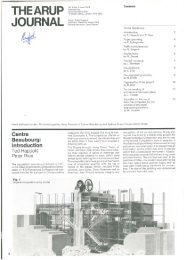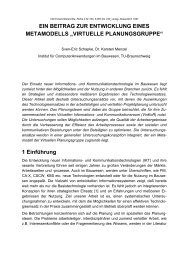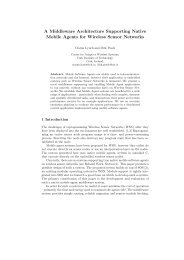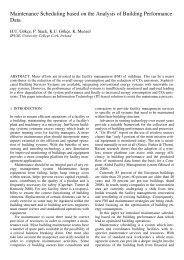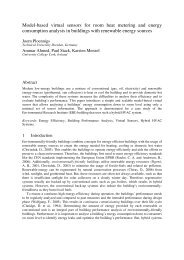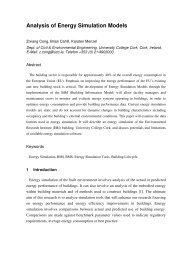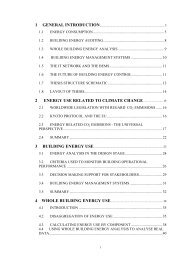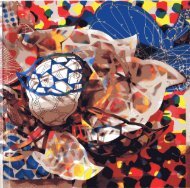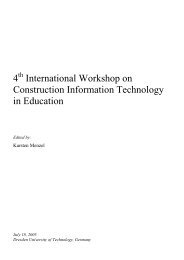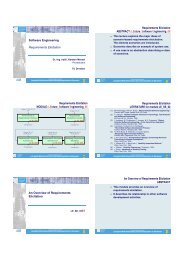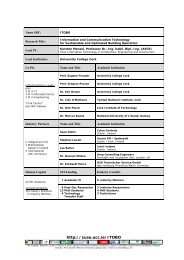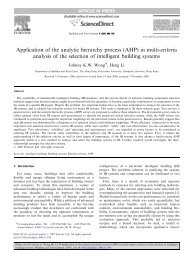“Traces of Peter Rice”, Arup Phase 2, London, 27 Nov 12
“Traces of Peter Rice”, Arup Phase 2, London, 27 Nov 12
“Traces of Peter Rice”, Arup Phase 2, London, 27 Nov 12
- No tags were found...
Create successful ePaper yourself
Turn your PDF publications into a flip-book with our unique Google optimized e-Paper software.
Maquette for the Full-Moon Theatre, 1987Photographer: Humbert Camerlo, © Humbert CamerloThe Full-Moon Theatre 1987 – 1992‘The project is not a problem we can solve quickly. It’snot part <strong>of</strong> the modern misconception that we all haveso little time to live, that if something is not done bytomorrow, then it is not worth doing. The Full-MoonTheatre is a project <strong>of</strong> many life-times.’- <strong>Peter</strong> Rice, ‘An Engineer Imagines’Nestled in the Cévennes mountains, north <strong>of</strong>Montpellier, is a small dry stone amphitheatre. It wasbuilt by Moroccan stonemasons in 1991 according toa geometry designed at <strong>Arup</strong> in <strong>London</strong> to face the locus<strong>of</strong> the summer full moon. The theatre forms part <strong>of</strong> theAteliers de Gourgoubès, a cross-disciplinary centre<strong>of</strong> experi mentation devised and run by French operadirector Humbert Camerlo.If the Menil Collection was a project involving thediffusion and control <strong>of</strong> sunlight, the Full-Moon Theatrewas all about reflecting, collecting and amplifyingmoonlight with minimal technical intervention. Performancescould only be staged for the few days around thetime <strong>of</strong> the full moon when its light was intense enough.This project was artisanal, ephemeral and dependenton seasonal weather conditions as well as the mooncycles. The theatre required the participation <strong>of</strong> peoplefrom all walks <strong>of</strong> life to try out new ideas, includingviewers and visitors as well as the technical team. Itwas suspended in the realm <strong>of</strong> the experimental andincomplete, and was a metaphor for all that <strong>Peter</strong> Riceheld dear. For Humbert Camerlo it was ‘a symbol <strong>of</strong> theintegration between art, science and the environment’.14 15



